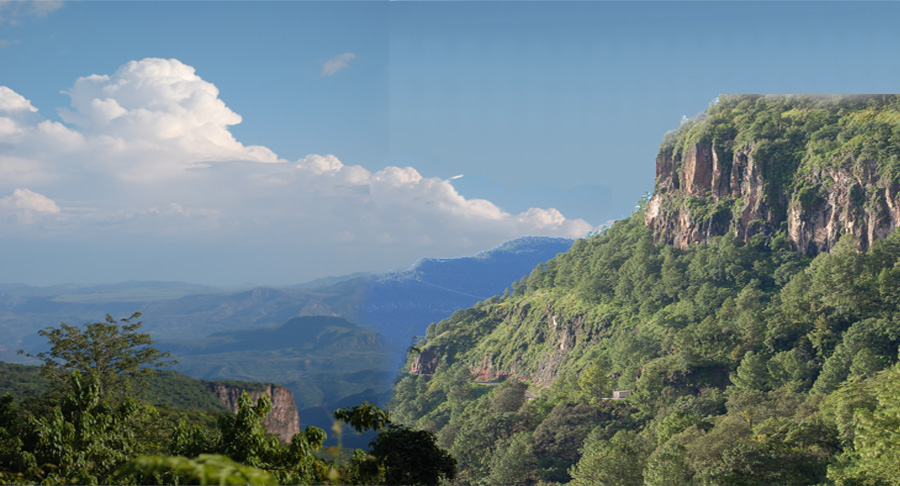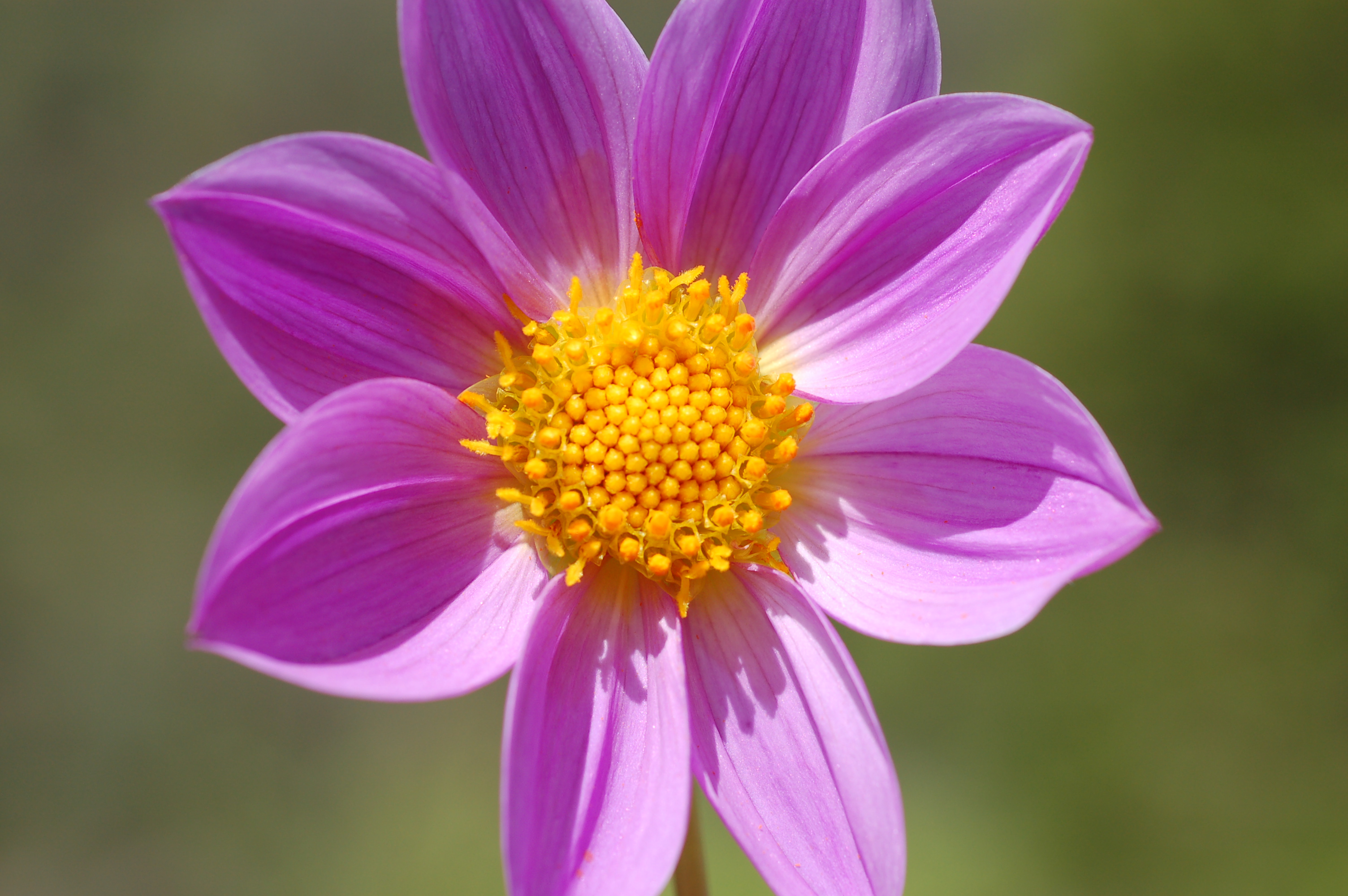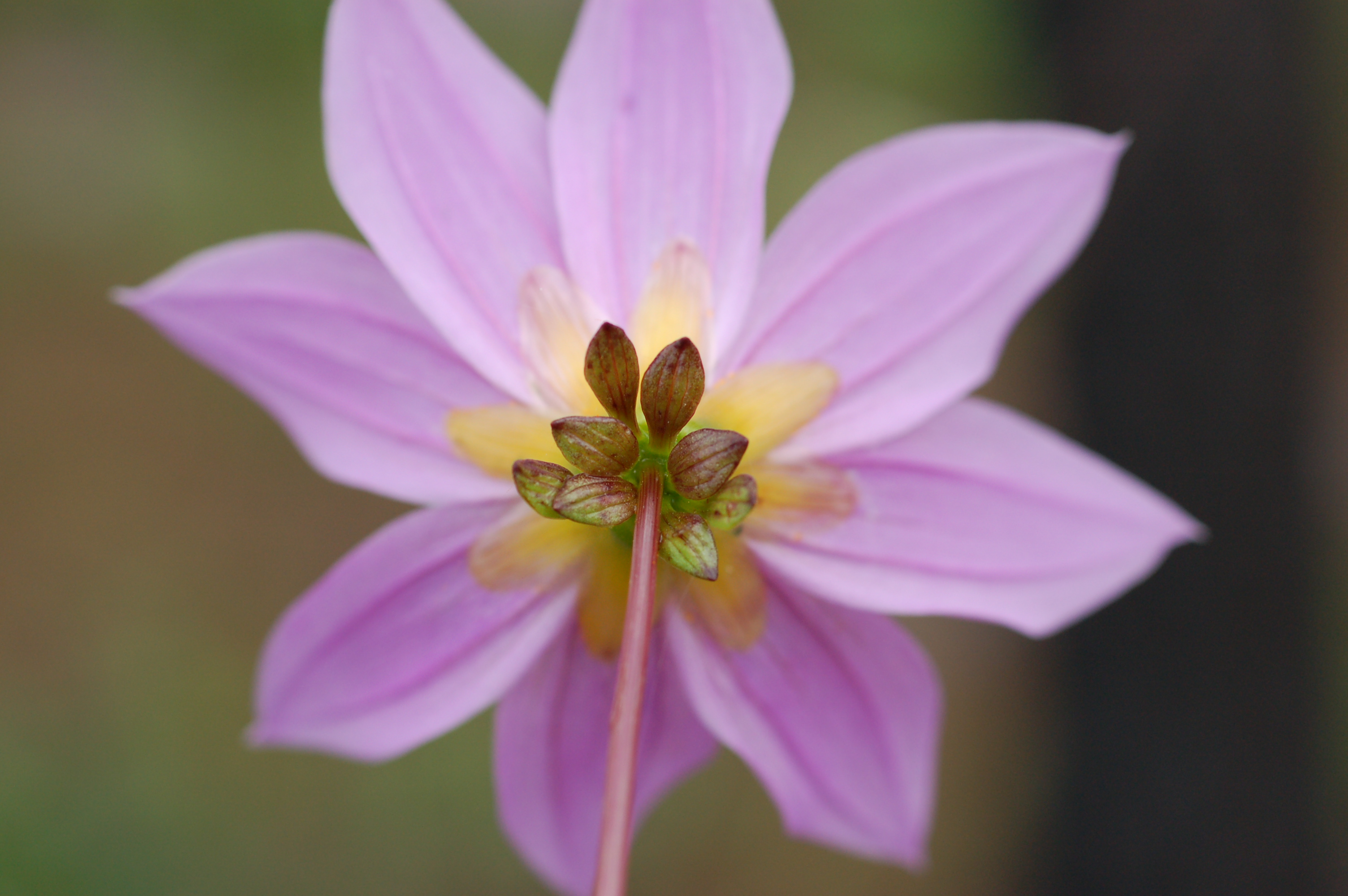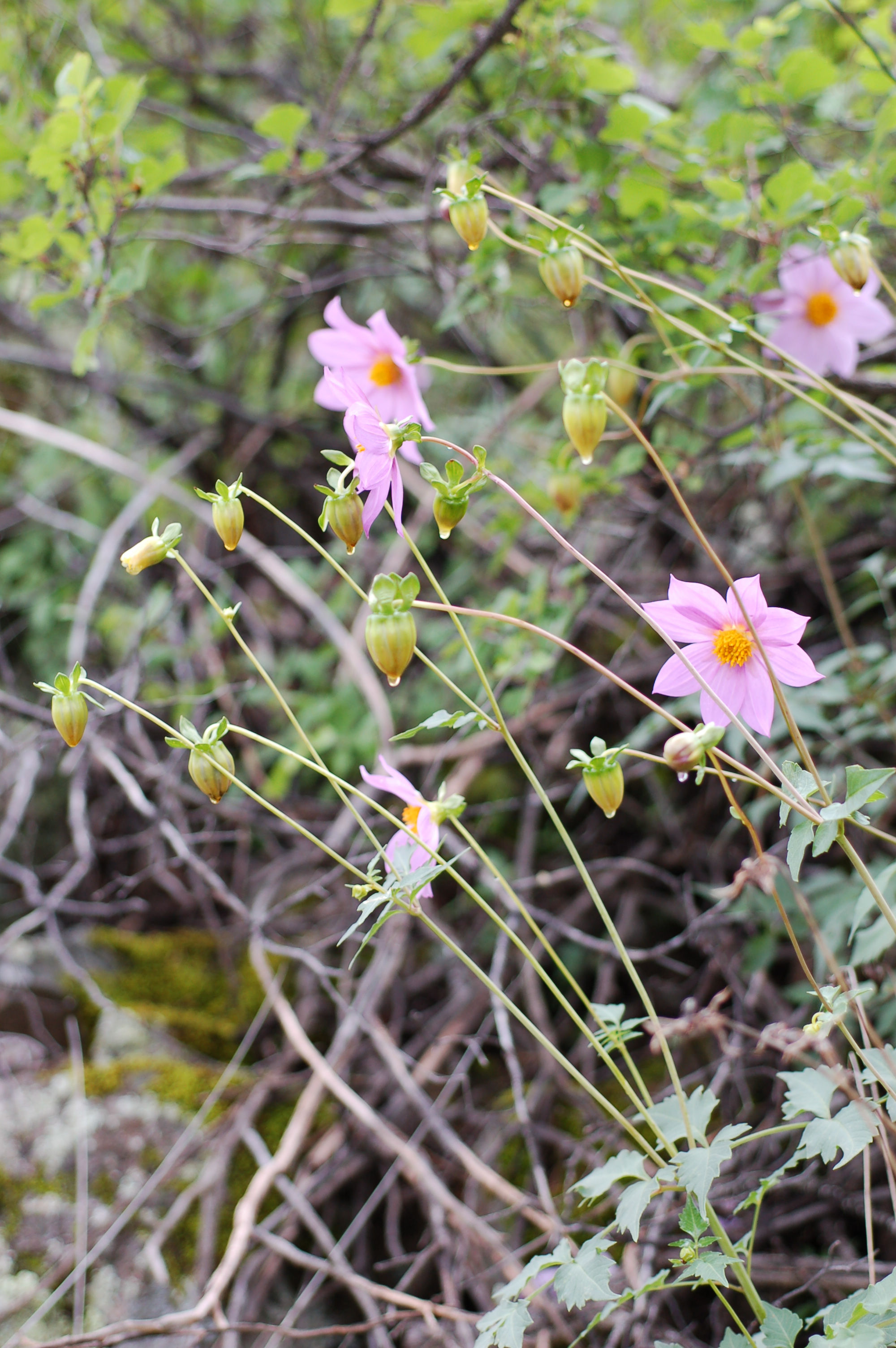

Dahlia sherffii Sørensen is a species from northern Mexico, known from the states of Durango, Chihuahua, and quite possibly northwestern Sinaloa and western or southwestern Coahuila. D. sherffii inhabits open woodlands, lightly wooded to shrubby rocky slopes, rock ledges, open fields, and roadsides. It does not appear to be tolerant of deep shade (DES, personal observations). This species was originally described by Earl E. Sherff (1947, 1955) as part of several varieties and forms of D. scapigera. Sørensen (1969) separated Sherff’s (1955) rather wide collection of taxa into several species, including D. sherffii, naming it after Sherff, who died in 1966 while Sørensen was a graduate student. In many cases, the various taxa originally grouped together by Sherff (1955) had widely separated populations. Molecular data (Saar, 1999; Saar et al., 2003) support these later species designations, including D. sherffii.
D. sherffii is an herbaceous perennial from tubers that reach a height of about 1.4 meters (4.5 feet), although plants are often shorter. Leaves are 12-30 cm (4.7-11.8 inches) long and once or twice compound; stipels are usually present at the first rachis node on smaller leaves and at the first two nodes on larger leaves. Flower heads are usually held somewhat above the foliage on long slender peduncles; head diameter is about 7-9 cm (2.8-3.5”) across. Ligulate florets are lavender with darker veins, sometimes with a yellow dot at the base; discs are yellow. Flowering occurs from August through September.
The chromosome number was originally reported by Sørensen (1969) as 64 (n=32). Hansen and Hjerting (1996) later reported an individual from Chihuahua with 32 chromosomes (n=16). D. E. Saar and J. R. Bacon collected D. sherffii from several populations in Durango and Chihuahua in 2006. Among them were populations with plants of 32 chromosomes and populations with 64 chromosomes (DES, unpublished data).


References
Hansen, H. V. and J. P. Hjerting. 1996. Observations on chromosome numbers and biosystematics in the Dahlia (Asteraceae, Heliantheae) with an account on the identity of D. pinnata, D. rosea and D. coccinea. Nordic Journal of Botany 16: 445-455.
Saar, D. E. 1999. A phylogenetic analysis of the genus Dahlia (Asteraceae): an interdisciplinary study. Ph.D. dissertation, Department of Biological Sciences, Northern Illinois University, DeKalb, IL, USA, 266pp.
———, N.O. Polans, P.D. Sørensen. 2003. A phylogenetic analysis of the genus Dahlia (Asteraceae) based on internal and external transcribed spacer regions of nuclear ribosomal DNA. Systematic Botany 28: 627-639.
Sherff, E. E. 1947. New or otherwise noteworthy Compositae. X. American Journal of Botany 34: 138-158. ———. 1955. Dahlia. Compositae-Heliantheae-Coreopsidinae. North American Flora. Part 2: 45-59.
Sørensen, P. D. 1969. Revision of the genus Dahlia (Compositae, Heliantheae-Coreopsidinae). Rhodora 71: 309-365, 367-416.